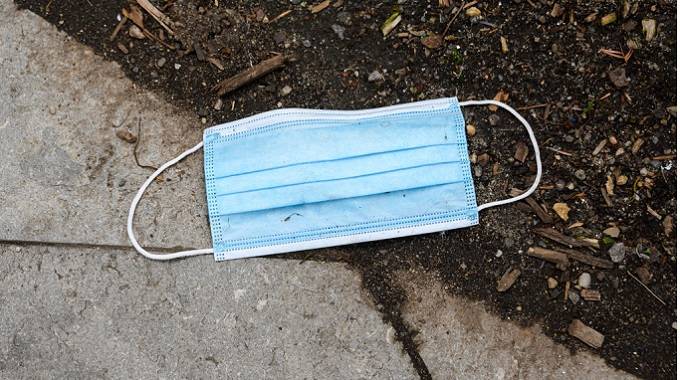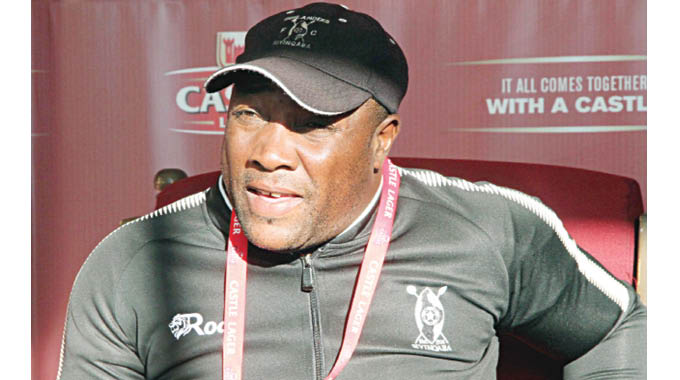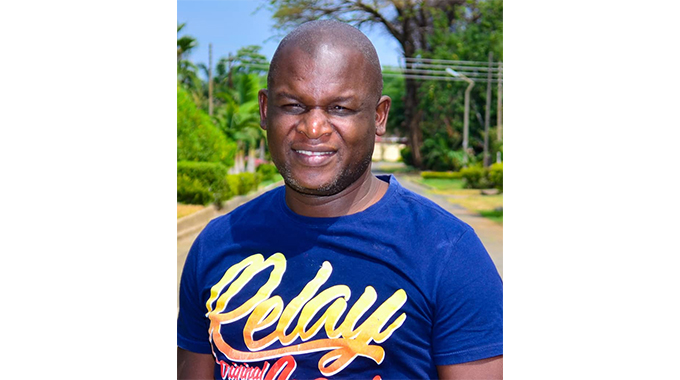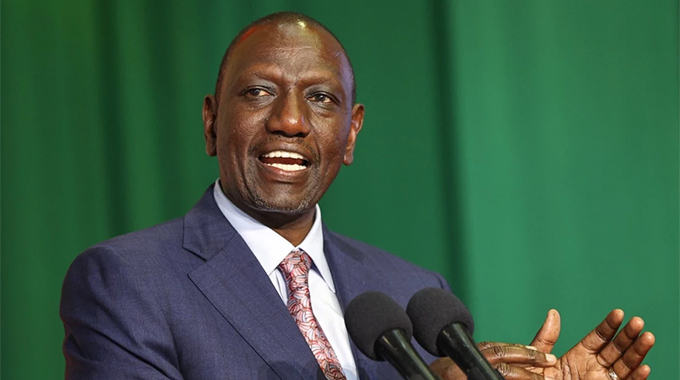How Zimbabwe forestalled Covid-19 catastrophe

News Editor
WHEN Covid-19 was first reported in Zimbabwe, the London School of Hygiene and Tropical Medicine gave a grim projection of how the virus would devastate the country.
In its projected early spread of Covid-19 in Africa up to June 1 last year, the school said 1 000 cases would have been recorded by mid-April that year in Zimbabwe, jumping to 10 000 within two months.
A year after that prediction, the situation on the ground in Zimbabwe is different.
The pattern of spread locally has been different from what has been experienced elsewhere, particularly countries such as the United States, European nations and even South Africa with better health facilities.
By the end of May last year, Zimbabwe had recorded only 40 Covid-19 cases with the number only breaching the 10 000 mark in December last year, showing that earlier projections by foreign researchers were way off the mark.
Zimbabwe confirmed its first Covid-19 case on March 20 last year and President Mnangagwa declared a national lockdown starting on March 30.
There are times when there was a spike in cases including when mainly imported cases from South Africa were recorded in the early months when the country upped its testing capacity and during the second wave which was triggered by complacency during the festive season.
Mr Graham Simmonds who was the first person to test Covid-19 positive in Zimbabwe said mask wearing and other measures have helped to manage the situation.
He said when he became the first person to test positive in Zimbabwe it was a worrying moment as one didn’t know what to expect.
Mr Simmonds said in those early stages of the pandemic it was almost deemed a death sentence to catch the virus and if one survived, there was always the question: what were the long-term effects going to be?
“It was scary, worrying and uncertain. I just had to take each day at a time and filter through the large amounts of media reports and try to investigate what could happen and how best to come through the other side,” said Mr Simmonds.
But what does he attribute Zimbabwe’s lower cases than those initially predicted to?
Mr Simmonds said the country has law abiding citizenry who moved quickly to wear masks as a first point of combating the virus.
Reports indicate that in countries such as the US there has been resistance by some to wear masks which has proved to be catastrophic.
“Zimbabwe has a very young population and I do believe that there were many asymptomatic cases creating small hubs of herd immunity.
Zimbabwe also has a fit population. Many people walk to work, exercise by jogging or playing sports such as soccer. As we have seen as the pandemic progressed the obese and those with comorbities were sadly affected the worst. A healthy and fit society helped keep the virus at bay,” he added.
WHO Representative to Zimbabwe, Dr Alex Gasasira said the reason Zimbabwe was able to avert very high transmission of Covid-19 was because of timely and effective implementation of preventive public health and social measures including physical distancing, hand hygiene, use of masks, scaling up public health surveillance, laboratory testing as well as infection prevention and control measures.
“The ongoing Government rollout of covid-19 vaccination targeting those at highest risk is an important component of comprehensive approach to Covid-19 prevention and Control that is most commendable. Ongoing efforts by the Government to address myths, misconceptions and other concerns of the target population is also crucial,” he sid.
Starting in February, Zimbabwe moved a gear up in its fight against Covid-19 by rolling out vaccines and according to COMESA, the regional body with 21 countries, Zimbabwe is among the countries that have administered the highest number of dosses.
The COMESA Early Warning said vaccination efforts in the region continue to gain momentum as more countries receive their first batches, with Zimbabwe on position four among high performers.
“According to data compiled by COMWARN, nine COMESA Member States have received and started rolling out COVID-19 vaccines.
Analysed according to the raw numbers of doses administered, the data indicates that Rwanda so far has administered the highest number of doses followed by Malawi, Seychelles, Zimbabwe, Kenya, Uganda, Mauritius and Egypt,” the organization said.
Last week, President Mnangagwa hailed Zimbabwe’s ongoing Covid-19 vaccination programme, which is progressing well with the country having the eighth highest vaccination rate in Africa and third in the Southern Africa region.
The President said people must be vaccinated as the country cannot afford to lose the momentum.
“Zimbabwe’s #COVID-19 vaccination programme is working! Zimbabwe has the third highest rate of vaccinations in Sadc and eighth highest in Africa as a share of the population,” he said.
“We cannot lose this momentum – if you are eligible, I urge you all to get your jab #ZimVaccination.”









Comments